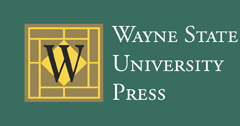Abstract
Oral/aural narratives, although often overlooked as being commonplace or intangible, are highly complex in nature, consisting of numerous multidirectional relationships among the various real and fictional participants: creator, narrator(s), character(s), listener(s). As such, narrative theory constructed with textual narratives in mind is inadequate to address the unique nature of oral/aural narratives, which also incorporate community, time, and space. This article proposes and makes a case for various additions and modifications to current narrative theory models to address the unique nature of oral/aural narratives.
Recommended Citation
Ripley, James
(2011)
"Looking at Listening: Au’Oral Narrative in Theory and Practice,"
Storytelling, Self, Society: Vol. 7:
Iss.
1, Article 1.
Available at:
https://digitalcommons.wayne.edu/storytelling/vol7/iss1/1

